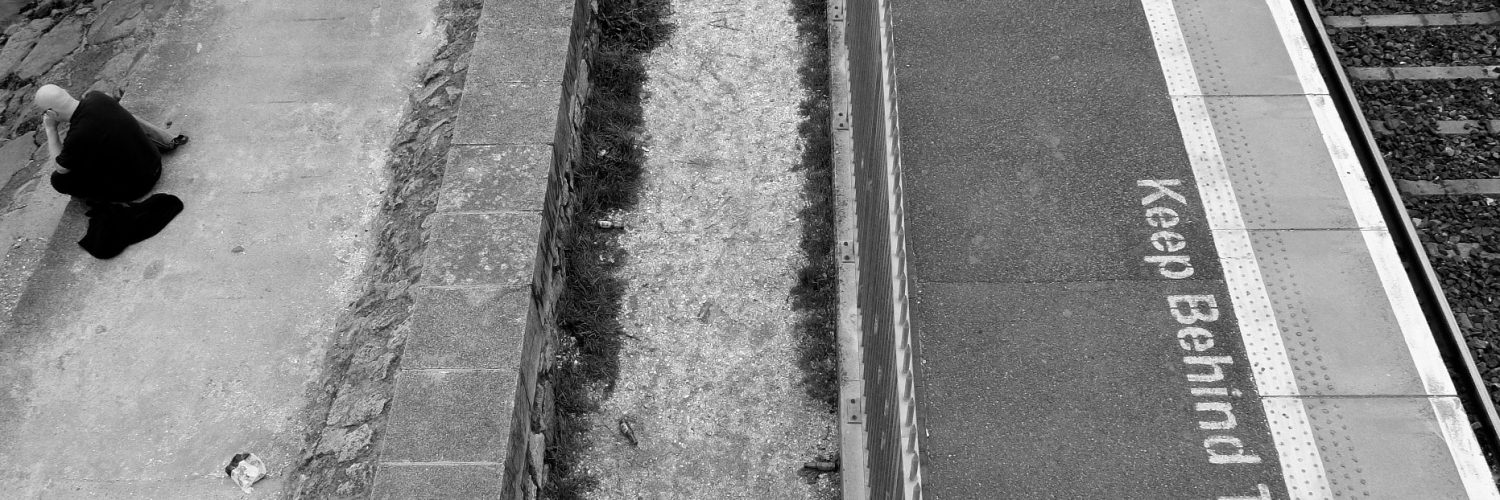Frente 3 de Fevereiro
Escrevia em post anterior (ainda hoje) sobre formas de escrita e leitura do espaço urbano potencialmente presentes nas mídias locativas (post sobre deriva e Google Maps). Acabo de ler no blog Critical Spatial Practice um interessante post sobre o grupo artístico-militantes brasileiro “Frente 3 de Fevereiro” que luta para desmascarar o racismo na sociedade brasileira, após a morte do dentista Fávio Sant’ana por erro da polícia de São Paulo.
(Aqui mataram um polonês com um “Taser”, arma de choque no aeroporto de Vancouver, depois de muita confusão, problemas de tradução e exagero policial…o caso coloca hoje a arma sob suspeita)

Bom, voltando, destaco no post do “Critical Spatial Practice” a forma “cartográfica” de ação do grupo, as formas de leitura e escrita do espaço urbano, de “deriva” (detour no texto). Vejam trechos:

“We performed several actions: we built a horizontal monument in the exact spot where Flávio was murdered—a plate on the floor observing the occurrence in remembrance; we pasted posters throughout the city claiming: “Who polices the police? Police racism.”
Thus we began our cartography trying to decompose the historical thread that has been rendered “natural” through new social practices. But how are these practices structured? What are the limits of the slave legacy in our quotidian experience? How can we break free from this logic by inscribing other forms of sociability?

Cartography is to us more than a map. It is writing understood in a larger sense, a stance before the world. We are cartographers when we recognize and organize that which instigates us to act, giving us hearing, a voice and form to our anxieties and desires, poetically expressing and inscribing onto reality that which moves us.
It is not enough to unveil the past in the present. It is necessary to invent new ways of reading and writing our desires, therefore inventing new forms of sociability. Once we own our daily practices, believing in what we feel, we abandon a place of constant reactions to what is socially reproduced. That way, we recognize our historical legacy and move to an active place where we produce new practices, a new logic, and new maxims, always yet to be invented.
‘Everything that voices the movements of desire, everything that serves to coin expressive material, is welcomed. All entry points are good, so long as there are multiple exits. That way the cartographer uses a variety of sources, not only written or theoretical […]. The cartographer is a true cultural cannibal: always expropriating, appropriating devouring and giving birth, trans-valuing. The cartographer is always seeking elements/nourishment to compose his/her cartographies.'(…)

The group’s artistic actions synthesize different ‘areas’ from this cartography. Our focus on urban space re-signifies quotidian elements through a symbolic ‘detour.’ The power of direct action without institutional mediation, and the creation of poetic situations open to the subjectivity of possibilities to build a different future.”
